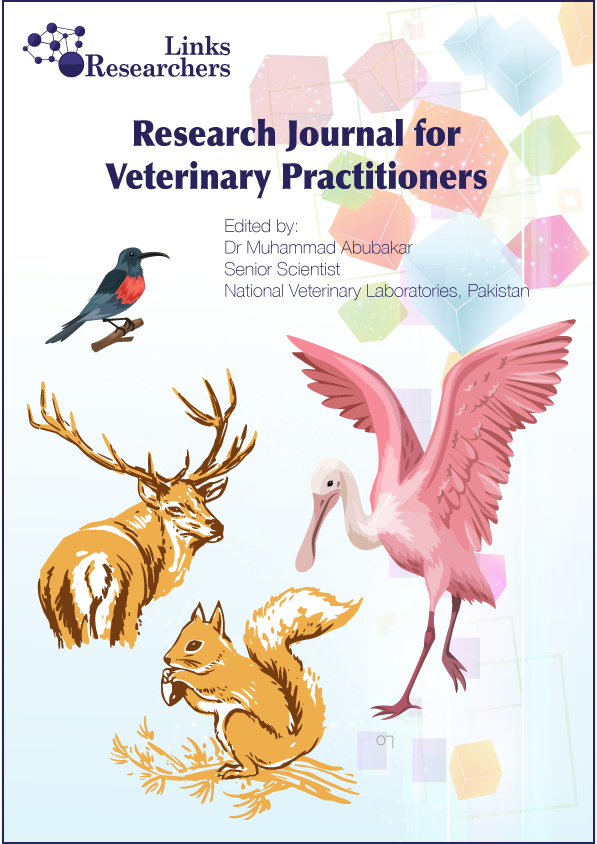Irfan Ullah and Abbas Ullah Jan
Abdullah Adil Ansari* and Kumar Sukhraj**
Safina Naz1, Muhammad Akbar Anjum1, Syed Atif Hasan Naqvi2*, Bushra Siddique3 and Muhammad Asif Zulfiqar4
Sahar Shibli1,2*, Farzana Siddique1, Saeeda Raza2, Zaheer Ahsan3 and Irum Raza4
Irfan Ullah*, Abbas Ullah Jan, Muhammad Fayaz, Amjad Ali and Atta Ullah Shah
Syeda Naila, Muhammad Ibrar, Fazal Hadi* and Muhammad Nauman Khan
Syeda Farzana Bibi* and Siraj ud Din
Muhammad Luqman1*, Roshan Hussain1, Muhammad Yaseen1, Muhammad Umer Mehmood1, Ijaz Asghar2 and Usman Saleem1
Masood Sadiq Butt1, Sadia Aslam1,2, Rizwan Shukat1,*, Syed Qamar Abbas1, Muhammad Issa Khan1, Shadab Shaukat3 and Muhammad Shahid4
Robina Karim1*, Farhan Ali1, Ali Muhammad1, Nasrullah2, Azra3 and Tahir Mehmood4
Shakeel Ahmad1*, Humaira Wasila2, Juweria Abid3, Nazir Muhammad4 and Hazrat Usman5
Jaffar Hussain1*, Zeenat M. Ali1, Syed Farman Ali Shah1, Abdul Nasir Laghari2 and Munazza Sohail3
Maryam Beheshti1, Mohammad Reza Taheriyan2*, Sikander Shahzad3, Memoona Siddique4, He Tianwei5, Muhammad Farooq5*, Huzaifa Kashif6 and Naila Ilyas7*









